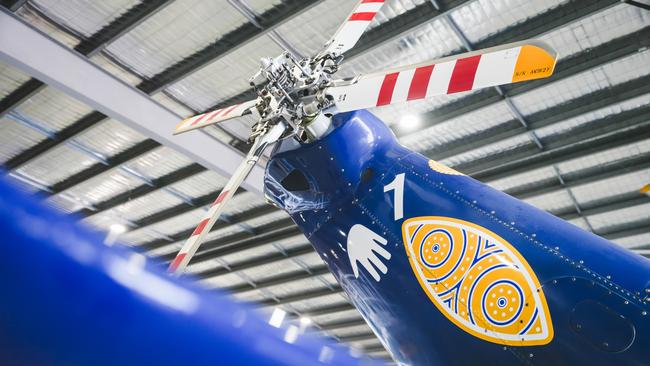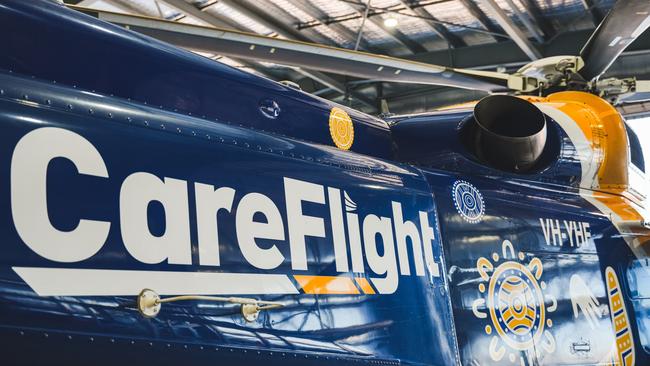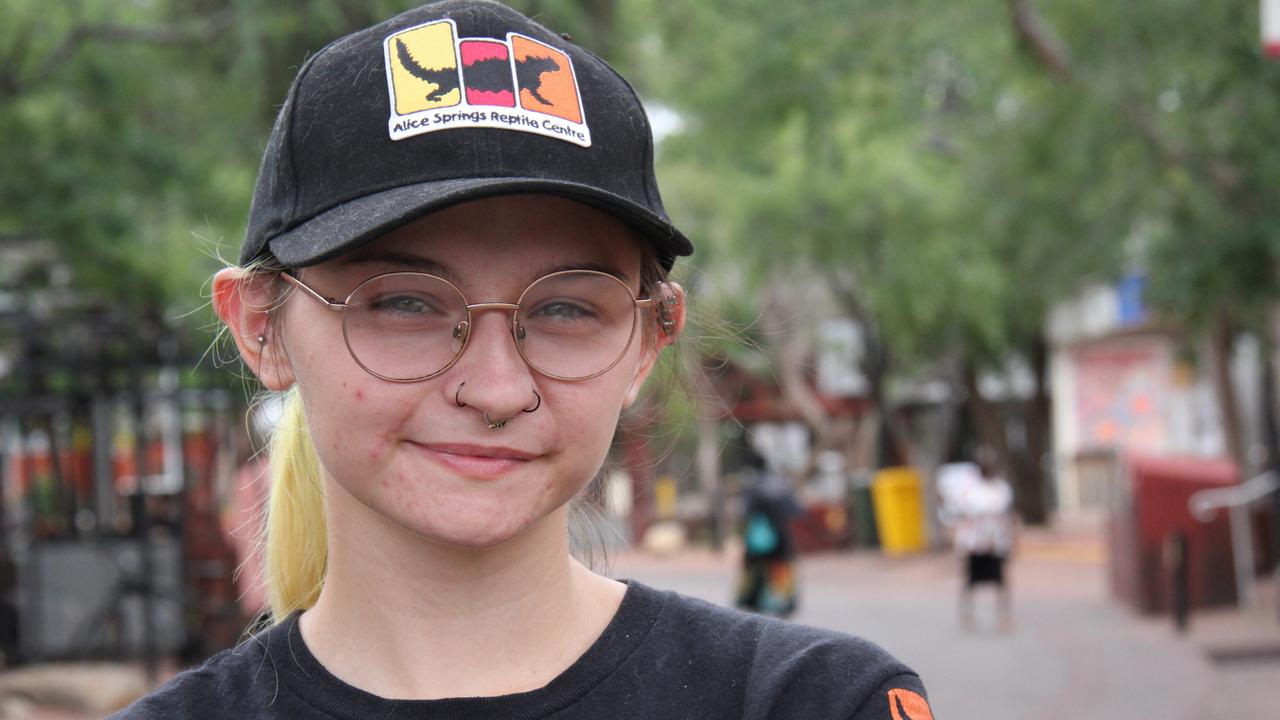CareFlight unveils Indigenous design ahead of NAIDOC Week
As NAIDOC week nears, an aeromedical service has refashioned one of its NT rescue helicopters in Indigenous artwork. See the meaning behind the colourful design.
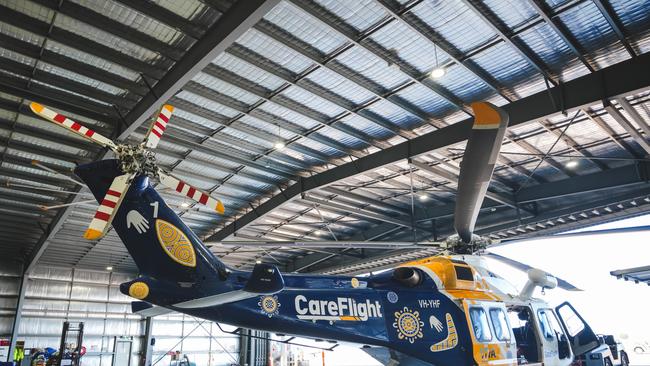
News
Don't miss out on the headlines from News. Followed categories will be added to My News.
Ahead of NAIDOC week, an aeromedical service has coated one of its NT rescue helicopters in Indigenous artwork, with a view to reinforce the organisation’s commitment to reconciliation.
On Friday, CareFlight revealed one of its Top End choppers had been refashioned with symbolic artwork, designed by Yorta Yorta and Gunnai man Dixon Patten.
CareFlight chief executive Mick Frewen said the colourful design demonstrated the organisation’s commitment to reconciliation.
“This helicopter represents our commitment as an organisation to reconciliation action,” he said.
“We hope it will serve as a conversation starter and be warmly welcomed by communities.”
CareFlight’s contribution in supporting remote Indigenous communities was highlighted earlier this year, when a helicopter was dispatched to an urgent situation in which a mother was giving birth during Cyclone Megan.
Post-delivery, the mother and newborn child were evacuated to Gove Hospital for ongoing medical care.
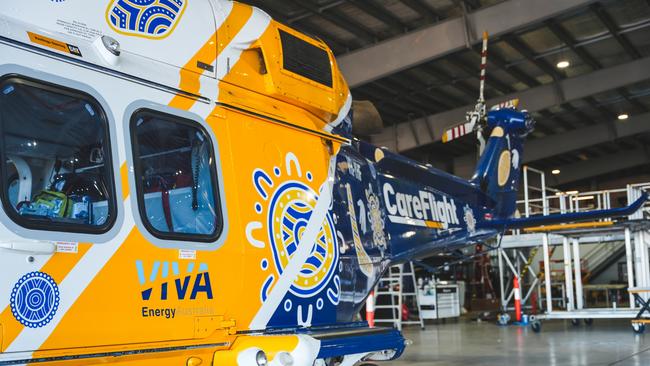
Mr Frewen, who serves on CareFlight’s Reconciliation Action Plan working group, said the aeromedical service had a special role to play in supporting Indigenous people.
“A key component of reconciliation is timely access to quality health services based on need regardless of where people live,” he said.
“CareFlight is committed to providing that access to quality care in a culturally appropriate way.”
Viva Energy, who partners with CareFlight, also welcomed the new design, with chief executive Scott Wyatt praising the initiative.
“The helicopter, which we support through our partnership, now visually depicts our community program in action: supporting access to community services and our commitment to First Nations people and reconciliation,” he said.
“The artwork is a symbol of how Australia is enriched by First Nations culture and it is fitting to launch this initiative in the lead-up to NAIDOC week, which celebrates and recognises the history, culture and achievements of Aboriginal and Torres Strait Islander people.”
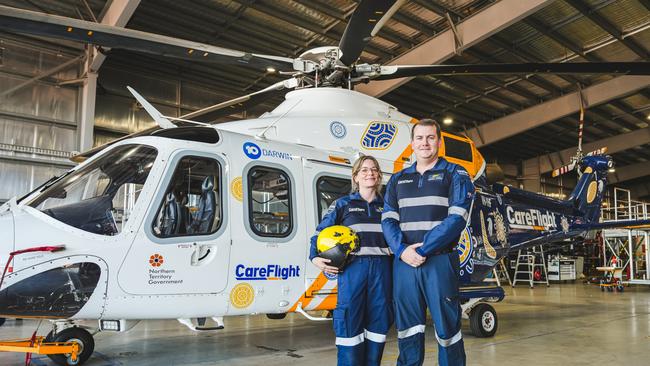
According to CareFlight, the artwork contains circles and infinity symbols that represent ancient cultural practices, while dots and lines that join these circles express family relationships and knowledge transfer.
Ripples stand for positive energy in the community, travelling along the pathways and footsteps toward reconciliation led by the guidance of Elders.
Finally, the ‘U’ shape symbols speak to the collaborative nature of building relationships, with gum leaves representing respect for Traditional Custodians while boomerangs, kangaroo, and emu tracks symbolise going back to the root of cultural heritage for wisdom and the community’s progress.
